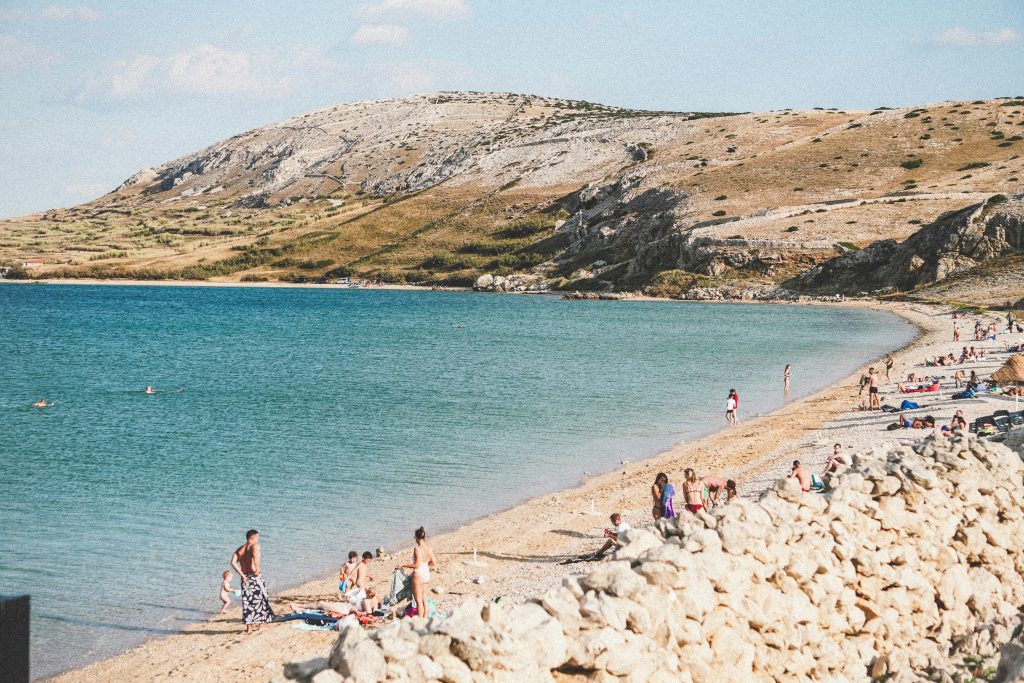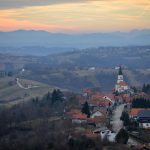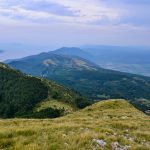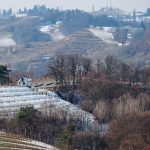March the 22nd, 2024 – The Čakavian dialect is one of the three main dialects from which standard Croatian language as we now know it is made up, but how much do you know about its origins and history?
The Čakavian dialect isn’t anywhere as obscure as many of the dialects spoken across this country, and it stands out from the crowd because it is deemed to have been the basis of the stylisation of the first publicly used standard Croatian language.
Opinions on just how this particular dialect of the Croatian language which is fairly widely spoken vary, so we’ll have a quick dive into both the majority and the minority opinions. According to the dominant opinion held by some linguists, during Ottoman encroachment and invasion, there was a push of spoken dialects out towards the west, and those who spoke the Štokavian dialect fled to areas in which Čakavian was primarily spoken. This consisted of bits of the Dalmatian coast and most of the Dalmatian hinterland, as well as parts of Gorski Kotar and Lika, and on most of the islands north of the Peljesac Peninsula. It also included most of Istria and then inland, all the way to Karlovac.
According to the minority opinion, Čakavian developed from the Old Slavic language spoken by certain coastal Croats as a result of linguistic mixing of that language with the remnants of Romanised people who also influenced the language then spoken by the Croats, which caused the emergence of this dialect of the standard Croatian language. Supporters of this opinion also support the fact that there aren’t really any collective Čakavian speakers located in the interior of the country except in very specific areas.
Dutch accentologist and linguist Willem Vermeer divided the Čakavian dialect, or in this case language, into three groups: Northwest, Central and Southeast Čakavian.
Glancing outside of the borders of modern Croatia, most Čakavian dialects are spoken in nearby Austria, followed by Slovakia and Hungary where the number of people who speak with this dialect is less. There is a lot more one could say about this history of this dialect of the Croatian language, with different experts having their own classifications and divisions. Vermeer was just one of them, with Iva Lukezic, another expert, having her own division of this way of speaking which is quite different to that of Vermeer as recently as 2012.
Instead of doing a deep dive into that, let’s take a look at some Čakavian words with their standard Croatian and English translations. If you happen to have read any of the above-linked articles or know some old Dalmatian, Štokavian or Kajkavian, you’ll more than likely recognise several:
Angurija – lubenica/water melon
Banjati se – to bathe or swim/kupati se
Ceno – jeftino/cheap
Delat – raditi/work
Farmacija – ljekarna/pharmacy
Gad – neotrovnica (zmija)/non-venomous snake
Harta – papir/paper
Infishan – zaljubljen/in love
Jadrit – jedriti/sail
Kalmat se – smiriti se/to calm down
Lesica – lisica/fox
Merlin – mrkva/carrot
Navada – navika ili obicaj/a habit or a custom
Oganj – vatra/fire
Pamidor – rajcica/tomato
Razjadit se – naljutiti se/to get angry
Sakamo – svugdje/everywhere
Tancat – plesati/to dance
Ulika – maslina/olive
Vakit – vikati/to shout
Vlasi – kosa/hair
Zrcalo – ogledalo/mirror
Čakavian was declared a language in its own right in 2020 – but Croatia made very little fuss…
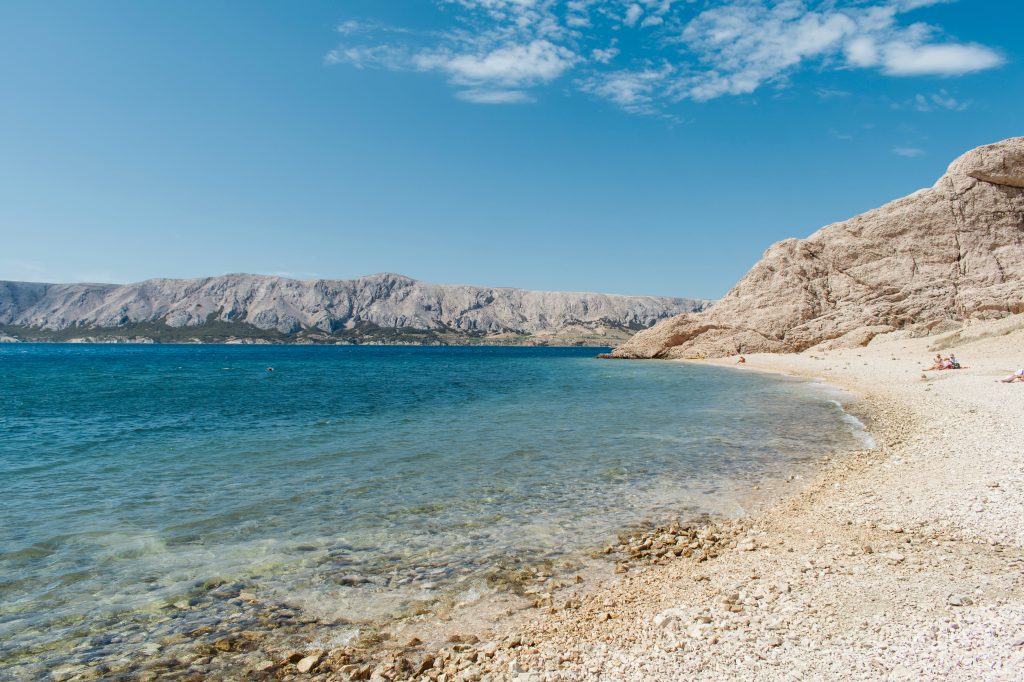
Back during the pandemic-dominated year of 2020, without much fanfare and completely unnoticed by local media, Chakavian became a language which was officially recognised by the main international academic organisation that deals with the classification of all languages spoken by mankind. Chakavian thus received its own special ISO language ID code: ckm.
This significant (at least linguistically) historical event paves the way for Chakavian speakers to receive much greater local and national recognition, which has been totally lacking until now because Chakavian was considered to merely be yet another dialect.
American professor of linguistics from the prestigious University of California, Kirk Miller, known in the academic world as a successful field linguist responsible for the research and popularisation of the lesser-known languages spoken by mankind, thought about the need to perpetuate Chakavian as one of the languages of our world.
You can read more about that here.

